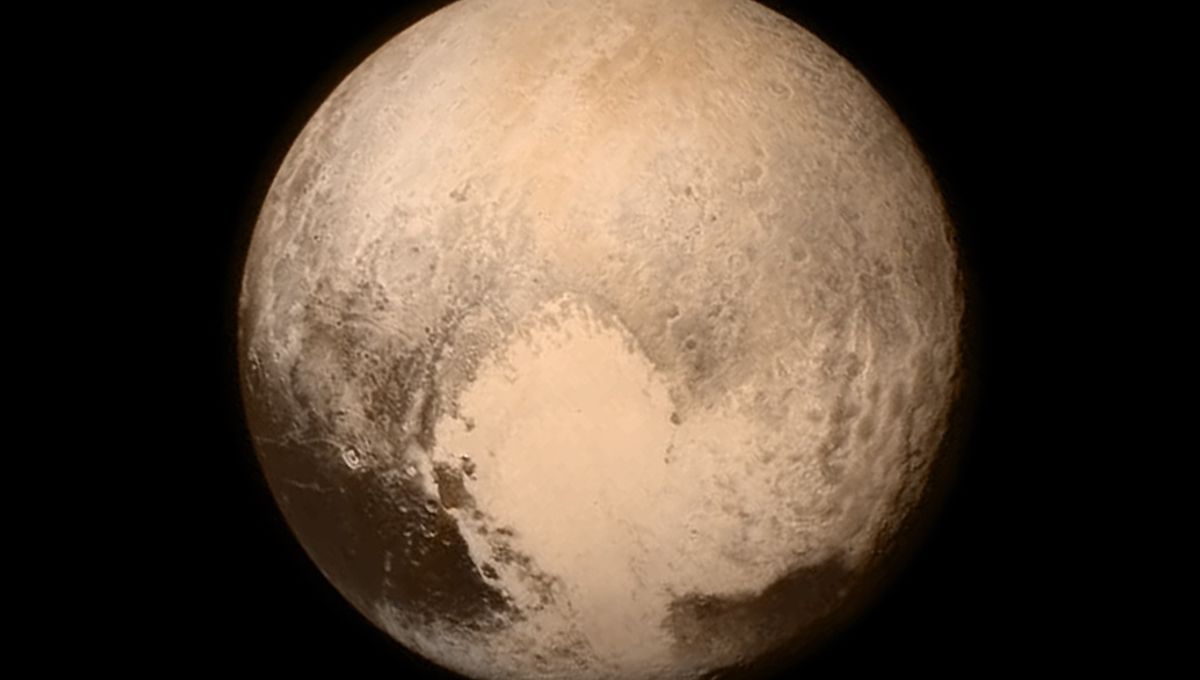What makes a planet a planet?
The International Astronomical Union (IAU) embarked on a journey to define what truly constitutes a planet. This quest involved considering planets beyond our solar system, known as exoplanets, as well as planets that have been expelled from their star systems. However, the issue of rogue planets, those cast out from their star systems, posed a challenge to the proposed definitions.
After much deliberation, on the final day of a 10-day conference in Prague, the current definition was presented, voted upon, and approved. According to this definition, a planet must meet three criteria. Firstly, it must orbit the Sun, excluding exoplanets and rogue planets. Secondly, it must have achieved hydrostatic equilibrium, meaning it should be roughly spherical. Lastly, it must have cleared its orbit by being the dominant gravitational force in that region.
Why was Pluto “demoted”?
Pluto fails to satisfy the third criterion. It has not cleared its orbit, which it shares partially with Neptune. However, defenders of Pluto’s planetary status argue that Earth, Mars, Jupiter, and Neptune have also not completely cleared their orbits. Nevertheless, when excluding the Moon, Earth is 1.7 million times more massive than the remaining asteroids that cross its orbit, while Pluto is only 0.07 times heavier than them.
This decision to reclassify Pluto sparked debates, with some considering it a demotion rather than a reclassification. However, it can be argued that Pluto was elevated as the first example of two new categories: dwarf planets and plutoids.
Those engaged in the discussion acknowledge that the definition of a planet is far from perfect. Planets are often described with additional adjectives such as rocky, gas giant, or ice giant. Therefore, the term “dwarf planet” may one day be considered a subcategory of “planet” rather than a distinct entity. Alan Stern, the principal investigator of the New Horizons mission that explored Pluto in 2015, originally coined the term with this idea in mind.
Stern himself advocates for Pluto to regain its planetary status.
Pluto is a world of mystery and wonder
Pluto’s moon, Charon, is approximately half the diameter of Pluto and possesses only one-eighth of its mass. This size difference results in the barycenter of the system, the point around which objects orbit, being located 960 kilometers (about 600 miles) away from Pluto’s surface. This considerable distance accounts for 83 percent of Pluto’s radius.
You can’t have nine planets anymore…
Among astronomers, there is a consensus that we can no longer consider the Solar System to have nine planets. This change is attributed to the discovery of Eris, a dwarf planet named after the Goddess of Strife and Discord. Eris is more massive than Pluto and only slightly smaller. If Pluto is considered a planet, then why not Eris? In fact, when Eris was first discovered by Mike Brown, Chad Trujillo, and David Rabinowitz, it was referred to as the 10th planet.
The existence of Eris compelled the IAU to adopt the current resolution the following year. Consequently, we are left with either eight planets or at least 13 if we include the dwarf planets Ceres, Pluto, Eris, Haumea, and Makemake. The astronomical community recognizes many more objects as dwarf planets, although the IAU has yet to do so.
The only way to restore the count to nine planets is to maintain the current definition and hope that Mike Brown and his colleagues are correct in their belief that there is a large, undiscovered planet far from the Sun. Ongoing searches for this elusive Planet 9 give us reason to keep our eyes on the skies.








